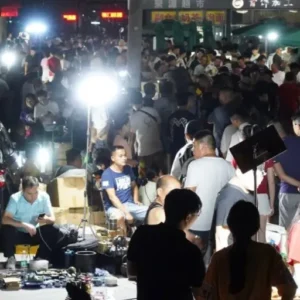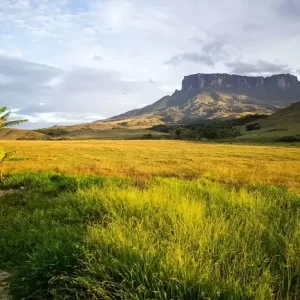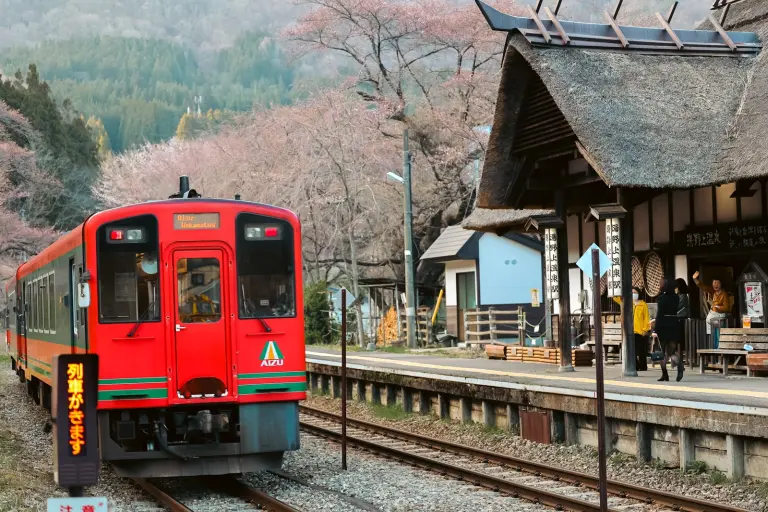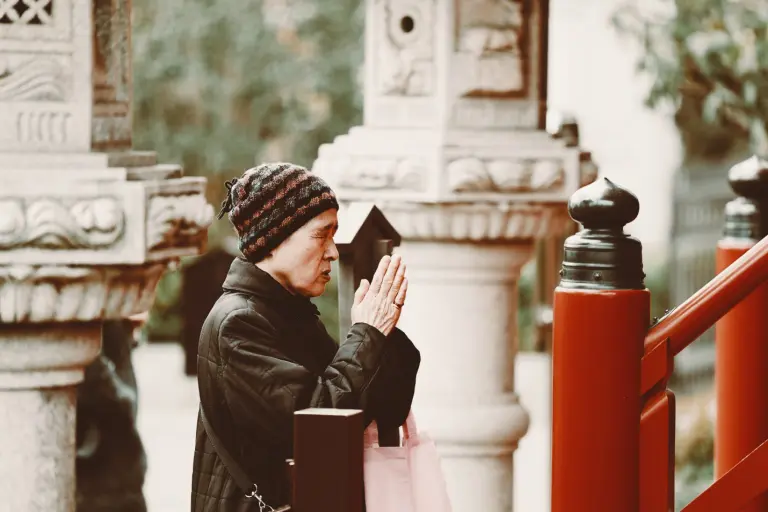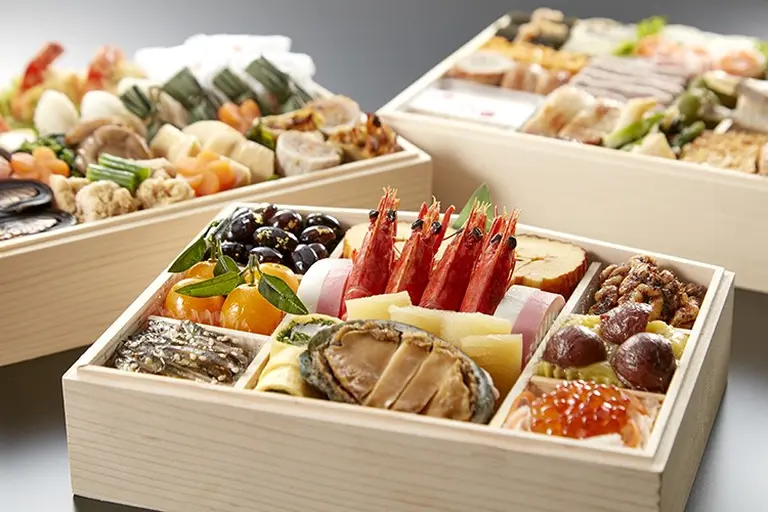In the heart of the Andes, where the crystal-clear waters of Lake Titicaca shimmer under the high-altitude sun, lies one of the most extraordinary cultural wonders on Earth—the floating reed islands of the Uros people. Unlike any island you may have seen before, these are not formed by rocks or sand but are instead carefully woven from reeds. For more than 1,000 years, they have drifted gracefully on the water, carrying with them a way of life that has barely changed over the centuries.
It is often said that these islands look as if they were woven from grass, creating a truly unique sight.
As we know, there are countless islands across the world, each with its own shape, location, and distinct features. But how many people have ever heard of an island made entirely of reeds—one that has floated for over 1,000 years? In today’s modern age of technology, the people who live here still maintain a traditional way of life, fishing and moving from place to place as their ancestors once did.
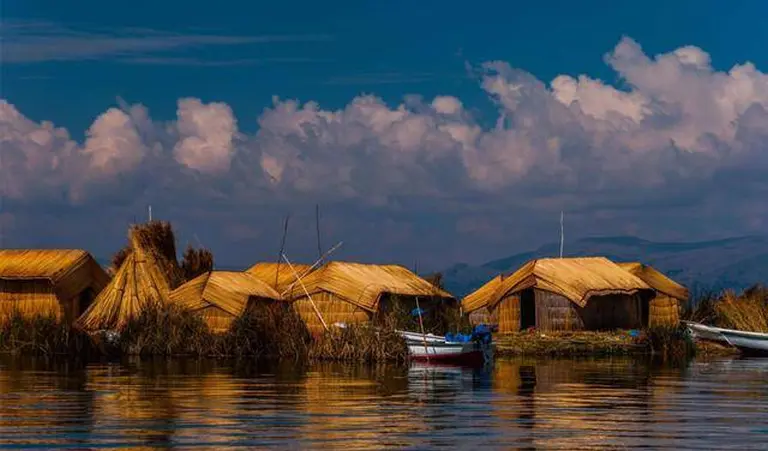
This artificial island is a floating continent of reeds located on Lake Titicaca, high in the Andes between Bolivia and Peru. But how was this “meadow” created? According to local guides, centuries ago the indigenous Uros people were under threat from Inca invasions. To escape the devastation of war, they fled to Lake Titicaca and began weaving reeds into large floating platforms. What started as a means of survival eventually became a way of life, and the islands remain inhabited to this day.
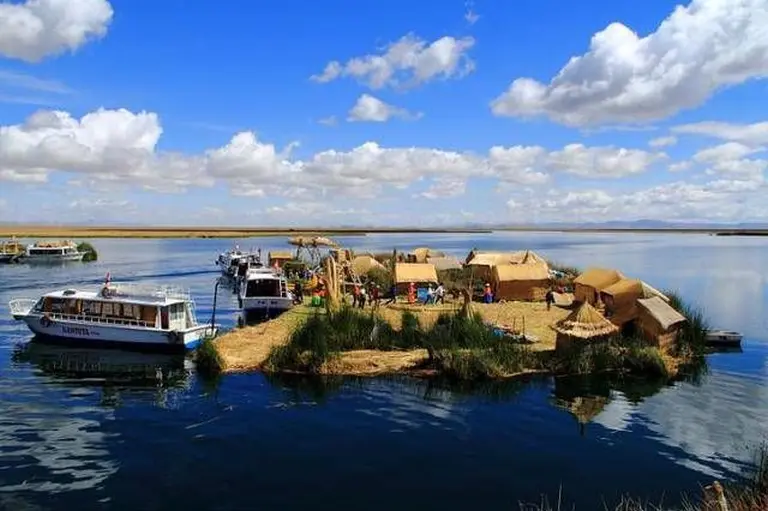
Although building floating islands is not particularly difficult, there is one challenge: the reeds only last about a year before rotting, so the locals must continuously replenish and rebuild their homes. For first-time visitors, stepping onto the springy reed surface can be disorienting, and many wonder whether the islands might sink. In reality, each island is about 1.5 meters thick, buoyant enough to float safely, which reassures the people who live here.
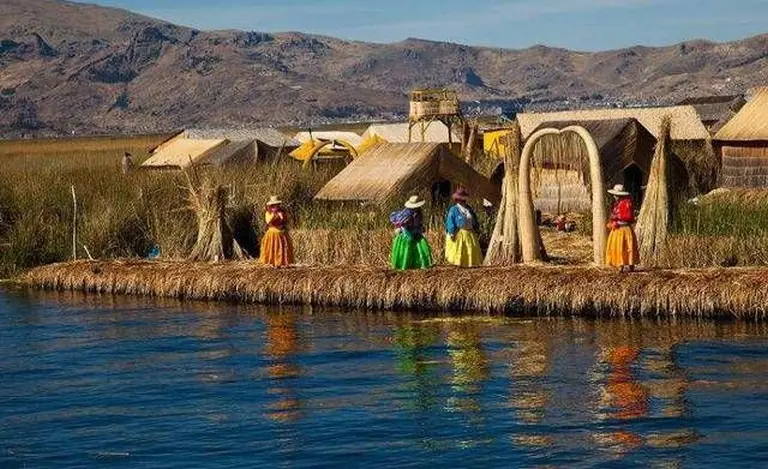
>> The world’s largest 1,000-year-old cashew tree – Covering an area of 8,000 square meters
Many describe these reed islands as a kind of paradise, where laughter, simplicity, and happiness shape daily life. Men spend their days fishing or hunting waterfowl, while women weave mats and grind grain. Life here may be simple, but for the Uros, having enough to eat each day is already a source of contentment.
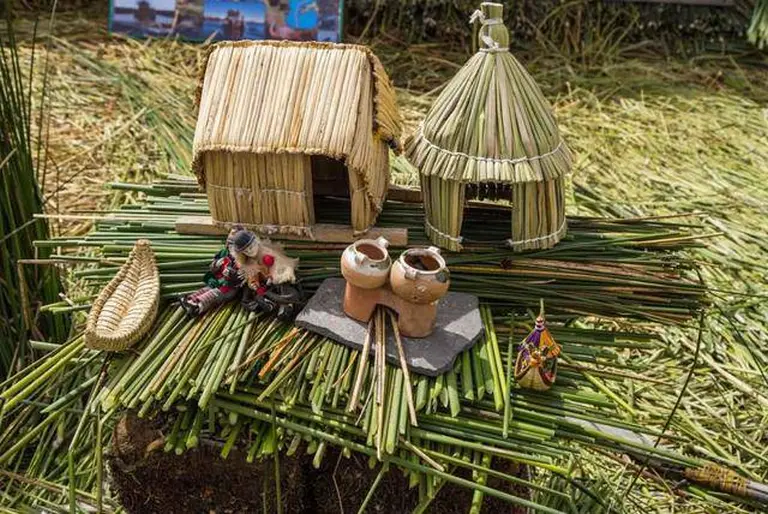
The floating islands vary in size, with some large enough to house schools, shops, and churches, while smaller ones are used mainly for family living. According to a 1997 census, around 2,000 people once lived on the reed islands. However, as modern society advanced, many left in search of new opportunities, and today only a few hundred residents remain.

>> The stunning 1,000-year-old castle rising from the Atlantic Ocean
FAQ
1. What are the Floating Grass Islands?
The Floating Grass Islands are naturally formed mats of vegetation that drift across lakes and wetlands. Over centuries, roots, soil, and aquatic plants intertwine to create “living islands” that can support grasses, shrubs, and even small trees. Some of these islands have been drifting for nearly 1,000 years, making them both a natural wonder and a living piece of history.
2. Where can I see these islands?
The most famous examples are found in certain lakes of South Asia, Africa, and South America. These islands are rare and fragile, often located in protected wetlands. Visitors usually experience them via guided boat tours, which allow a close-up view without disturbing their delicate ecosystems.
3. Why are the Floating Grass Islands unique?
- They are self-sustaining ecosystems that float freely over the water.
- Some islands are centuries old, surviving floods, storms, and shifting currents.
- They host a diverse range of wildlife, from birds and insects to aquatic creatures.
- Local communities often weave folklore and traditions around these mysterious “wandering gardens.”
4. How were they formed?
Floating Grass Islands form naturally when dense aquatic vegetation, peat, and organic matter detach from the lakebed. Over time, layers build up, making the island buoyant yet strong enough to support plant life. The process takes centuries, which is why some islands are believed to be nearly a millennium old.
5. Can people walk on them?
Smaller floating islands are fragile, but the larger ones can sometimes be stable enough to walk on carefully. However, most are protected, and visitors are not allowed to step directly on them in order to preserve their structure and prevent damage.
6. What can tourists do when visiting?
- Join a guided boat tour to see the islands up close.
- Learn about the local legends and cultural significance tied to the islands.
- Observe unique flora and fauna that thrive in these floating ecosystems.
- Capture stunning photographs of this rare natural phenomenon.
7. When is the best time to visit?
The dry season is usually best, as water levels are calmer and tours run more frequently. In the wet season, the islands may drift unpredictably or become harder to access.
8. Are the Floating Grass Islands endangered?
Yes, many of these islands are fragile and face threats from climate change, rising water levels, and human activity. Conservation efforts are in place to protect them, and responsible tourism helps raise awareness while minimizing harm.
9. Why should I visit the Floating Grass Islands?
Because it’s like stepping into a living fairytale. Imagine drifting across a tranquil lake and spotting a lush green island—floating, moving, and alive. These islands are more than just a sight; they are a reminder of nature’s resilience and mystery, a treasure that has survived for centuries.
Visiting the reed islands of Lake Titicaca is like stepping into a living museum—one where traditions still thrive, nature and culture are intertwined, and simplicity reigns supreme. Watching the Uros people maintain their floating world with skill and devotion is both humbling and inspiring. For travelers seeking something truly unforgettable, this thousand-year-old “woven paradise” is not just a destination, but a journey back in time.


